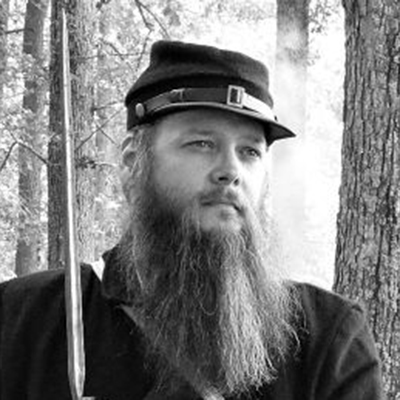Tens of thousands of young men came together to serve in the vanguard of President Franklin D. Roosevelt’s New Deal program. Discover some of your ancestors who may have worked and served in the Civilian Conservation Corps from 1933 to 1942. The New Deal era in American History has many great resources that have been untapped for years, and seldom used by genealogists and family historians.

Already a member? Log in









You should receive a confirmation email with a link to the webinar soon.
You’ll also receive a reminder both the day before and one hour before the webinar begins.
Didn’t receive a confirmation email?
You successfully registered for %s.
You should receive a confirmation email with a link to the webinar soon.
You’ll also receive a reminder both the day before and one hour before the webinar begins.
Didn’t receive a confirmation email?
To ensure a smooth, high-quality webinar experience, check the quality of your internet connection.
On the day of the webinar, connect 30–40 minutes before and turn off any background software. If you can’t tune in live, you can view the recording later in the Webinar Library. If joining via a mobile device, be sure to first install the free GoTo app.
Questions? Contact us or read our FAQ.
It looks like you’re already registered for this webinar
You can register for another webinar.
Didn’t receive a confirmation email?
It looks like you’re already registered for these webinars
You can register for another webinar.
Didn’t receive a confirmation email?
Something happened on our end, sorry about that
We were unable to complete your registration.
Please try again later.



 Syllabus
Syllabus
Fabulous presentation. Filled with wonderful information. Speaks clearly and concise. Includes other areas to explore.
Fantastic presentation. Thank you.
Wonderful over-heads! Thank you so much for this wonderful presentation.
My father was ‘stationed’ in Minnesota, building dams to make those beautiful lakes in Minnesota. We visited several of them when I was about 16; how I wish I had payed more attention. I have his photographs and some of his papers, but now cannot wait to go to the National Archives II for even more information!
Thank you again. Helen